
AI
How do you recognize a brand? Mostly, with its name, logo, colors, and tagline. There are other assets as well, but the ones mentioned easily top the list. These elements are responsible for creating an image for a brand; thus they are the most valued components of any company.
A tagline is a catchphrase that fuels your brand image and reinforces your core message. Essentially, a tagline is a short memorable phrase that accompanies your brand everywhere — whether it’s on social media, TV advertising, branded content, merchandise, so on and so forth.
As taglines often appear next to brand logos, they’re responsible for making the right first impression on an audience. A tagline has to flow smoothly with all the other brand elements in order to present a cohesive image for the business.
Your tagline should be consistent with your brand voice. If you haven’t yet figured out the exact tone of your company’s voice, we recommend checking out our guide on brand voice to learn how to develop one.
Now, what exactly is a business tagline, and how can you create one for your business? These and many other questions will be answered in this article. So get comfortable, and let’s jump right in.
Alright, let’s begin with defining what a tagline is. A tagline is a phrase or a short sentence (sometimes two) that identifies a brand. It’s used in a marketing campaign to make a business and its products/services recognizable and distinguishable. Just like a logo, a tagline represents the brand and sets it apart from all the rest.
Taglines are short, punchy, and memorable. Your tagline should never be super descriptive of your products or provide a summary of your brand history. Its sole task is to communicate the core purpose of your business in a few words.
A great example of a memorable tagline has been coined by McDonald’s. When you hear the company’s name, what are the first associations that come to mind? Perhaps, it’s their logo, their delicious burgers, and the popular tagline. That’s exactly what the fast-food brand is trying to accomplish with its “I’m lovin’ it“ campaign. Three words, simple, easy to remember — the famous catchphrase checks all the boxes.
Not every business has or needs a tagline. But having one can certainly be of great value in shaping your brand persona. Thanks to their catchy nature, successful taglines have a pretty high chance of being remembered by the viewer. So if you want your message to stay with your target audience, write a memorable tagline.
No! Even though taglines and slogans are somewhat similar, which causes people to use the terms interchangeably, they’re not identical. Let us quickly break them down.
Your business tagline represents your company as a whole. It applies to all your products, services, and marketing campaigns. Meanwhile, slogans focus on a narrower objective. For example, you might have different slogans for different segments of your target audience. If you sell clothing both for kids and teenagers, you might choose to employ a unique slogan for each group.
Slogans also change based on a marketing campaign. Coca-Cola has had numerous successful slogans throughout its 130-year history. Their very first slogan was introduced in 1886, read “Drink Coca-Cola.”
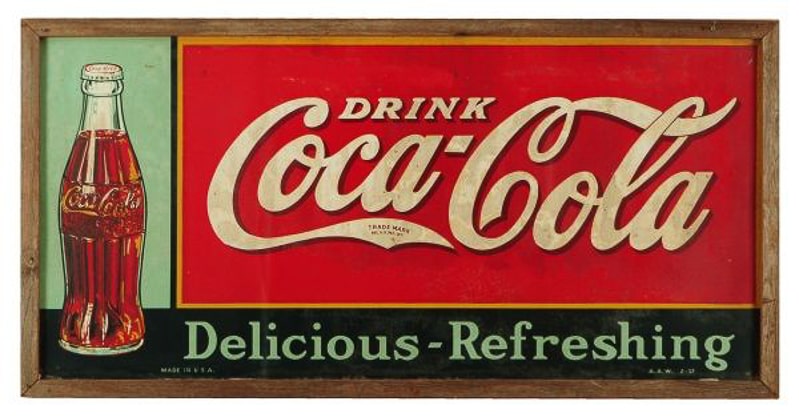
In the following decades, the soft-drink manufacturer has run multiple campaigns under slogans such as “The Great National Temperance Beverage” (1906), “Three Million a Day” (1917), “Six Million a Day” (1925), etc. Notice how the slogan changed from three to six million, as the business doubled its daily sales in just a couple of years.
This achievement must have strongly impacted the company’s confidence, as in 1926, their slogan proudly announced: “It Had to Be Good to Get Where It Is.”
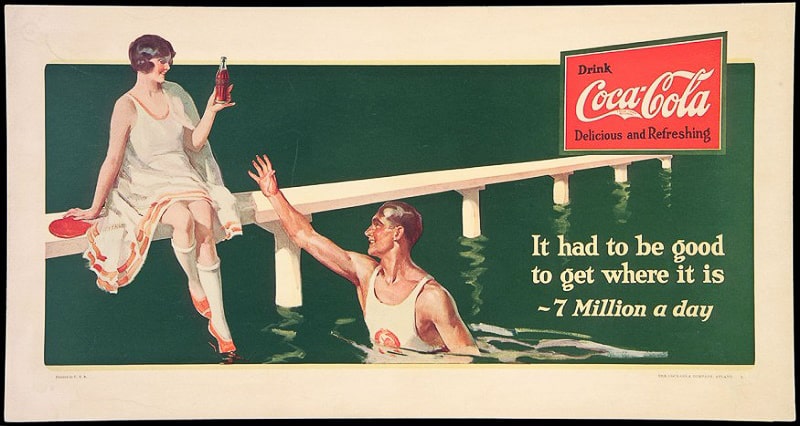
Fun fact: the word “slogan” is of Scottish origin and translates to “war cry.”
While slogans are made to promote specific marketing campaigns or messages, a tagline bears the responsibility of creating a dependable image for a brand in the eyes of the public. For this reason, taglines are much more consistent and are meant to last. Many brands have changed and refined their taglines over time, but it’s far less common.
Before we dive into how you can make a great business tagline, let’s first discover what makes a tagline great. Below are a few tips and guidelines that will come in handy while molding your tagline.
Whether the acronym stands for “Keep It Simple, Stupid” or “Keep It Short and Simple,” it’s relevant to our topic in both forms. The whole charm of a tagline is that it’s incredibly short and easy on the eye. Long lines can often be repulsive, which is not what brands are going for with their taglines.
Ideally, a tagline has to be just a few words long (usually up to seven words). Wordy taglines with two or even three sentences can also be found, but shorter ones generally perform better. Ford has one of the shortest mottoes out there — “Go Further.” Why use lengthy sentences, when two simple words suffice?
Besides being short, your tagline also has to be simple. Use straightforward language to make your message as clear as possible. The last thing you want is to have a super descriptive tagline that confuses your audience and makes an unclear statement about your company’s mission.
Make sure to include strong, impactful words in your message. Power words leave a much more lasting impression on people, and the primary goal of any tagline is to be remembered. Moreover, strong language also helps you sound confident and trustworthy, transforming your tagline from an ordinary to a compelling one.
If you need some help, here’s a list of power words that you can use to supercharge your brand message.
Branding statistics claim that 65% of people have formed an emotional connection to a brand. Customers who have an emotional bond with a brand are 50% more valuable than highly satisfied customers. The benefits of arousing a feeling in your audience and creating a positive association with your brand are undeniable, which is why businesses aim to evoke certain emotions with their written content, especially taglines.
Choose one or two emotions you want your brand to be associated with, and have your tagline exude those. Let’s look at this famous example of imperative taglines to see how they applied this technique. Nike’s “Just Do It” screams “confidence” and “empowerment,” and those are two values the athletic apparel brand stands for. With just three plain words, Nike urges us to set all our excuses aside and just go for our vision.
Nike has found an effective way to deliver its powerful message. What about you? What emotional impact does your brand have on its customers? Identify those feelings and incorporate them in your tagline.
An impactful tagline focuses on the customers, not the business. As tempting as it may be, stay away from describing your products’ features or how excellent your services are. Instead, highlight the benefits of your products/services, showing how they can better people’s lives.
Your customers are interested in what they can gain from your business. Questions like “How will my business improve people’s daily lives?” or “What common problem is my business trying to solve?” will help shift the focus from your company to its clients. More problem-solving, less boasting — that’s what you should strive for with your tagline.
As exciting as it is, creating a tagline can be just as overwhelming. These practical steps will guide you through the creative process, making it much smoother and more enjoyable.
Every step toward building a brand requires prior research: creating a tagline is no different. Before you get involved in developing your tagline, run research to see what’s out there. Pick a few companies you admire or resonate with and look at their taglines. By doing so, you’ll gain a much clearer understanding of what you want to accomplish with your own tagline.
A great tip is to take a look at the evolution of some companies’ taglines. Compare their different taglines and notice how they change the way you feel about the brand and brand’s product.
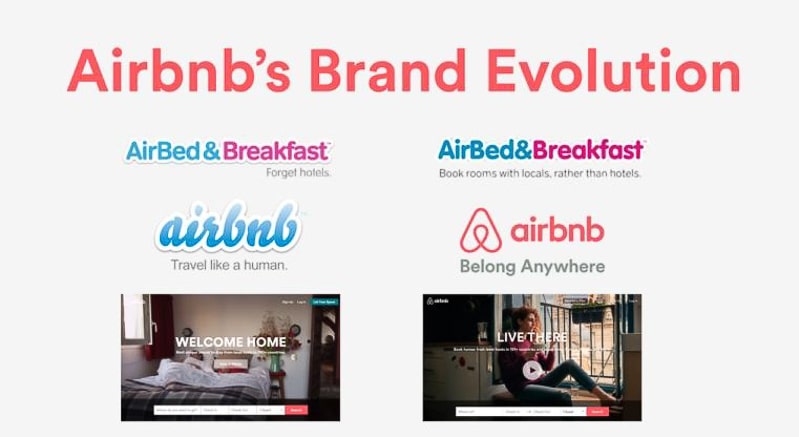
In the example above, Airbnb underwent a few noticeable changes, one of which was its tagline. Notice how “Belong Anywhere” is not only shorter but also has a much more positive tone to it.
And of course, don’t forget to analyze your direct competitors’ taglines. Pay attention to what feelings and associations they’re reaching out for. It will help your business achieve a smarter tagline and favorable brand positioning in your industry.
Before you can come up with the right tagline, you have to stop and contemplate a few questions:
Take your time answering these questions and notice if any words appear repeatedly in your answers. Those are the keywords that will lead you to your perfect tagline.
When choosing the tone of your tagline, make sure it matches the overall voice of your brand. Do you want to sound funny, serious, informative, or motivational? Is your style more optimistic and friendly or firm and corporate?
Check out the four dimensions of the tone of voice to see where your brand fits on the scale:
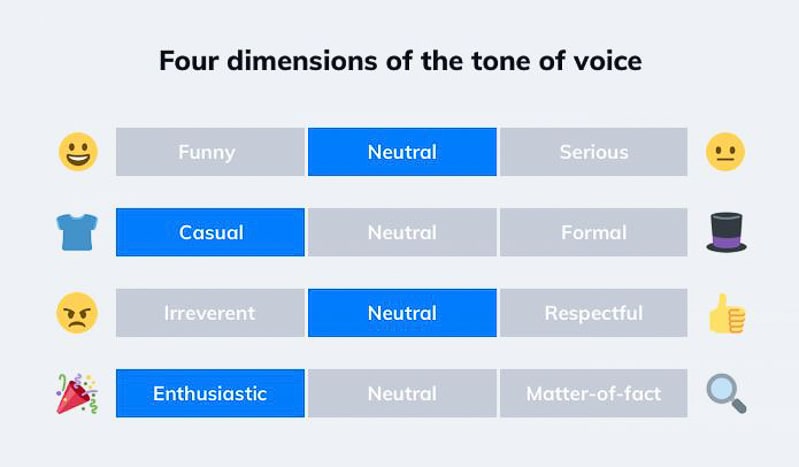
Once you have your keywords and desired tone of voice, start brainstorming different lines. Don’t worry about making them perfect, they’re not going to be at first. With enough attempts, tweaks, and adjustments, you’ll eventually arrive at your destination. You can also use AI tools to help provide inspiration for content creation.
Your brainstorming sessions should leave you with a few great tagline options — fine, maybe more than just a few. Now all that’s left to do is narrow down your choices following the rule of the three C’s — clarity, conciseness, and creativity.
Does your potential tagline use simple, clear words? Great. Can you make it any shorter without sacrificing the clarity of your message? Perfect. Lastly, does your catchphrase contain any creative elements that are sure to pique people’s curiosity? If so, then it looks like you have an effective tagline!
It’s time to get inspiration from brands that have done an exceptional job at developing fascinating taglines. Keep in mind that these companies have gone a long way to arrive where they are today. If your business is relatively small or new to the market, going for a vague or broad tagline won’t be the best move. In those cases, it’s better to make your message direct and more specific.
Now let’s have a rundown of some of the most iconic taglines of all time.
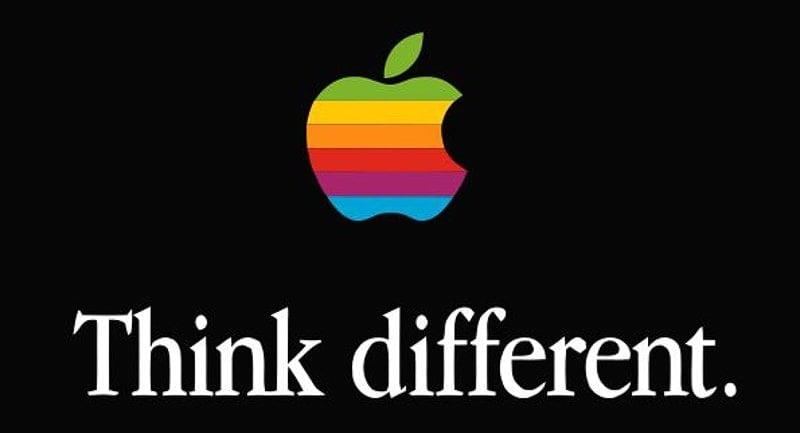
“Think Different” finds itself in almost every list of top taglines, and for a good reason. In two very simple words, Apple’s brilliant tagline communicates the importance of innovative thinking that’s at the very core of the company’s philosophy. Directed towards both the customers and the employees of the tech titan, the phrase creates a sense of community of people unafraid to question and challenge the status quo.

“Broadcast Yourself” perfectly captures the video-hosting platform’s mission — to help people share their lives and promote their brands freely, which is something traditional broadcasting didn’t permit. Rather than introducing the platform’s features, the motto highlights the benefit it gives to its users.
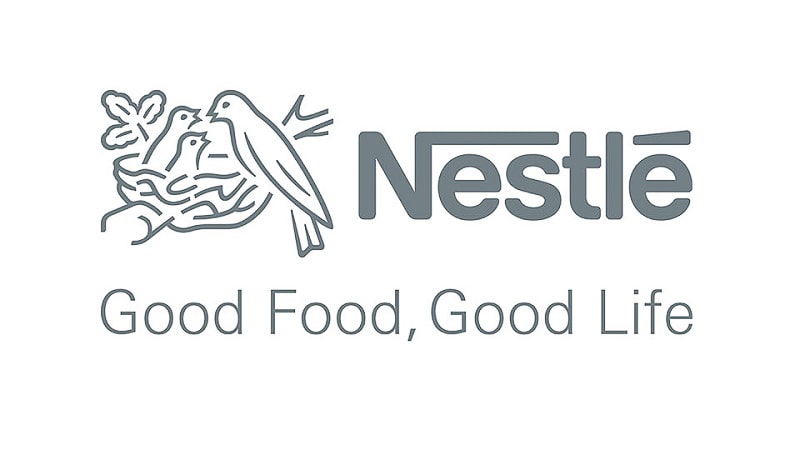
The famous tagline of the Swiss food and beverage brand shows Nestlé’s commitment to high-quality food. “Good Food, Good Life” assures us that by enhancing the quality of our food, we’re enhancing the quality of our lives. The line is succinct, catchy, and feel-good.
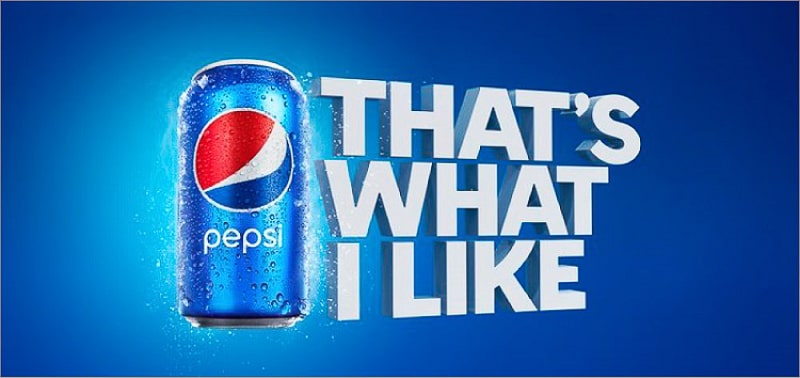
Todd Kaplan, the vice-president of marketing for Pepsi, recently announced, “Pepsi drinkers are really distinct from other cola drinkers — they’re some of the most passionate and loyal people out there.” Pepsi’s updated tagline embodies just that — the faithfulness of Pepsi consumers. The short and sweet tagline seeks to encourage customer loyalty, making Pepsi drinkers feel special and valued.
A few hearts were broken when the city of Las Vegas changed its legendary line “What happens here, stays here” to a slightly adjusted newer version. The new tagline made its debut at the 2020 GRAMMY Awards. Despite the modifications, the essence of the tagline remains the same. “What happens here, only happens here” makes a promise that the authentic experiences the city offers are unlike any other.
Final Thoughts
The immense role of taglines in shaping brand identity is undeniable. Taglines are often the only thing to stick with an audience long after their interaction with a brand, even more than brand logos do. Having a memorable phrase as a tagline will not only boost brand recognition but also distinguish your business from others.
There are taglines as diverse as brands. But what all successful ones share in common is their conciseness, use of strong words, emotional connection, clear idea, and emphasis on clients rather than the business itself.
We hope you gained some helpful insights into taglines and how they work. Do your research, identify your business’s uniqueness, and you’re well on your way to a great tagline for your business.
Article by: Renderforest Staff
Dive into our Forestblog of exclusive interviews, handy tutorials and interesting articles published every week!
Read all posts by Renderforest Staff



